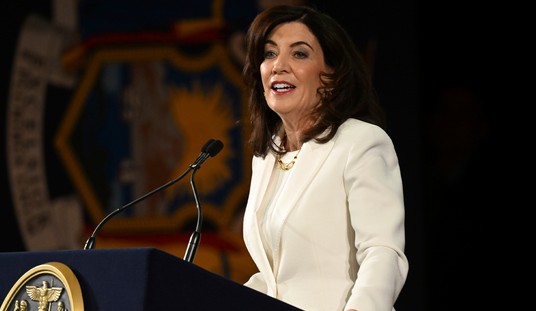It is disheartening to hear recent questions from the education establishment elite about whether federal student aid is ending up in the coffers of the “right” schools. To question where Pell Grant and Stafford Loan recipients choose to go to school is to question those students themselves. We all must ask ourselves, first, is it fair to question the choices of these low-income students? Second, are concerns and complaints legitimate or are they actually grounded in old-fashioned ideas about what a college or university should look like?
Bluntly, there is a clear bias in current policy debates against proprietary schools. Many in the higher education community complain that for-profit schools receive too much Pell Grant money, and that graduates of these schools aren’t paying back their Stafford Loans (and therefore shouldn’t receive them).
These are serious issues. Truly, they are accusations. Are they deserved?
A recent analysis of Pell Grant data by the New America Foundation indicates they are not. New America Foundation Policy Analyst Jennifer Cohen wrote: “Some stakeholders are concerned proprietary schools have been aggressively marketing their services to low-income students, earning a disproportionate share of the new Pell Grant funds. According to our analysis, the story is somewhat different – while proprietary schools did receive a big jump in Pell Grants in the first half of the current school year, so did public and private schools, resulting in a nearly identical distribution of funds as before ARRA [the American Recovery and Reinvestment Act].”
In light of these facts, it seems to me that the cry of “unfair” ought to be against those who perpetuate myths and launch unfounded attacks against private-sector schools. At a time when President Obama’s Education Department is facing some critical choices regarding federal student loan programs, these tactics are especially unfair.
Recommended
I understand that an education provided by an institution that advertises on radio and television and caters to working-class adults can be anathema to the education community’s elite. After all, they didn’t attend schools like that, and neither did their friends or family. Lack of familiarity, however, is no excuse for this kind of bias. Critics should be reminded that proprietary schools are filling a critical gap in the educational opportunities offered by public and nonprofit schools. Community colleges rose to fill a gap once, and they, too, were held in low regard. Thank goodness that attitude has matured, but why must education elites choose a new victim?
I’d like to stand up for the largely blue-collar students at private-sector schools by debunking some of the arguments against them.
The level of student debt is higher at private-sector institutions. Well, of course it is. This is not necessarily a bad thing. Private institutions are not subsidized like their public and nonprofit counterparts, so students must pay the vast portion of their tuition themselves – thus the need for more loans. Perhaps the education establishment should consider giving these students a round of applause for bravely tackling the cost of their education themselves.
Loan default rates are higher at private-sector schools. Like a mortgage lender, it is the responsibility of the federal government to determine the creditworthiness of any given student who is applying for a loan. A concern about default rates should therefore be addressed by the lender (the government) instead of simply blaming the schools that educate the students. Can you imagine anyone implying that Harvard is responsible for one of their graduates defaulting on a student loan? How is it fair, then, to blame private-sector schools for the default rates of their graduates?
A study by Charles River Associates found that the higher loan default rates of private-sector institutions are actually linked directly to the demographics groups that private-sector schools serve – mostly minority, many older and financially independent of their parents. The vast majority are working full time while going to school. Many are single parents. Others are veterans. Most of these students are the first in their families to go to college.
To argue for limiting Stafford Loans and Pell Grants to these students begs the question of whether federal aid programs are truly for all Americans seeking a higher education or just for a certain type of student. A less progressive approach to aid would indicate that the federal government regards some students, and some types of education, as more equal than others.
Here are the simple facts: Education improves the global competitiveness of the country and the social mobility of graduates. Nontraditional students from low-income backgrounds – those who could benefit most from an education – need to borrow money and apply for grants to get an education and improve their lives.
Limiting access to loans and grants for certain types of students is old-school snobbery, and it’s wrong. The education establishment needs to modernize its attitudes on this issue and start treating all students, and all accredited schools, as truly equal. The first step is to get the facts before launching attacks.


